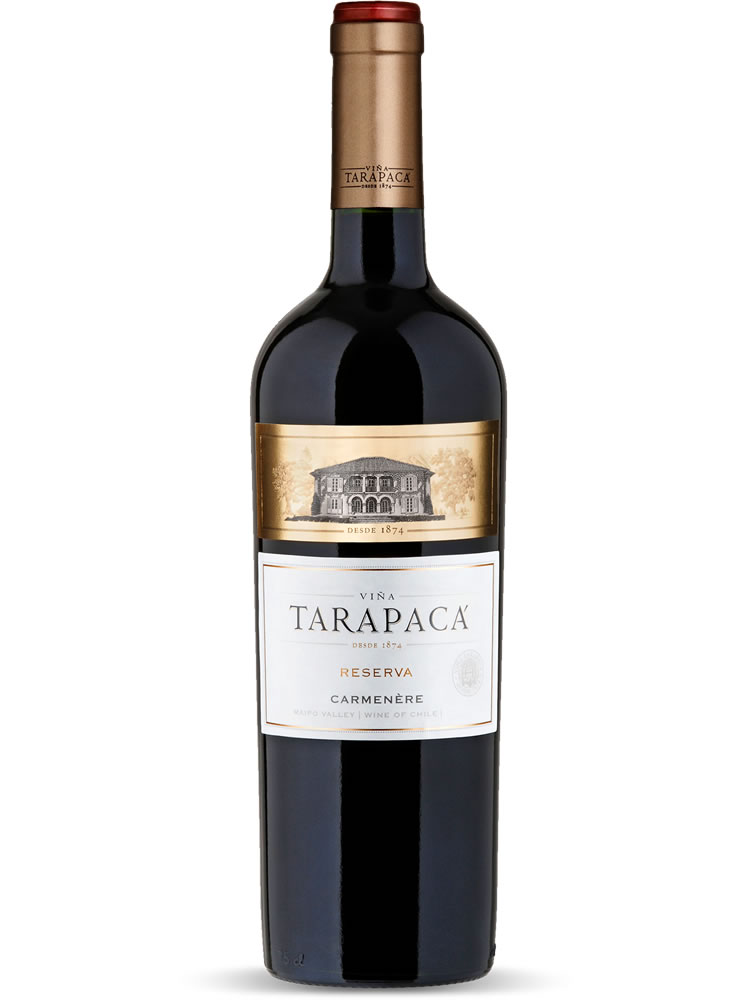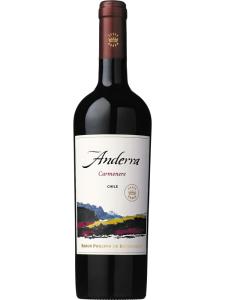-
中文名:
-
英文名:Carmenere
-
种植区域:
-
香气:
-
颜色:
Carmenere is a dark-skinned grape variety originally from the vineyards of Bordeaux, and which has found a particularly suitable home in Chile. A late-ripening variety, Carmenere needs high levels of sunshine and a warm summer to reach its full potential, but in the right environment it can produce fine, deeply colored red wines, with the attractive meaty plumpness of Merlot and the gently herbaceous, cedary notes of Cabernet Sauvignon.
These similarities are not altogether surprising, as Carmenere is considered by some to be the "grandfather" of these Bordeaux varieties. Neither Cabernet Sauvignon or Merlot gained much momentum in the region until the mid-18th Century, which raises the question of the varieties used to make Bordelais wines prior to this. Carmenere may provide part of the answer, particularly in the Medoc, where it had a longstanding and successful partnership with Cabernet Franc and where it was one of the most widely planted varieties throughout that region.
This remained the case up until the 1860s, when the phylloxera louse (to which Carmenere vines are particularly susceptible) arrived in Europe from the Americas. Carmenere doesn't respond as well to grafting as Merlot or Cabernet, so the variety was largely abandoned when phylloxera-resistant American rootstocks were introduced.
Prior to this, in pre-phylloxera 19th-Century Bordeaux, enterprising Chilean vignerons had taken cuttings from the region's vineyards. However, a high proportion of what they believed to be Merlot, a grape variety in the early days of its fame, turned out to be the similar-looking Carmenere, a long-established variety with waning popularity. It was an unconscious mistake that saved Carmenere from exinction. The variety is now Chile's premium grape.
The leaves of Merlot and Carmenere vines are so alike that the error was not uncovered until 1994, after DNA research was conducted in Montpellier. (A search for Chilean Carmenere on Wine-Searcher will confirm just how rapidly the variety has taken off since its "discovery".)
Chile has capitalized on its status as the savior of Carmenere and has incorporated the vine's memorable story into its famously efficient wine marketing. Montes' Purple Angel, Concha y Toro's Carmin de Peumo, and the Vina Errazuriz Kai are all examples of prestige Carmenere wines, all competing for the status of Chile's first iconic Carmenere.
As news of Carmenere's success in Chile has spread, the vine has been taken up as a curiosity in several regions around the world. Carmenere grapes are now sanctioned for use in several northern Italian DOCs, such as Friuli Latisana. There, Carmenere is not just autorizzato (authorized) under DOC laws but actually raccomandato (recommended), even in varietal wines. While Italian Carmenere plantings remain scarce, it is significant that the variety was singled out for attention at all.
The variety has also reached New Zealand, where Ransom Wines discovered it in their Matakana vineyards, masquerading as a clone of Cabernet Franc. It arrived there, interestingly enough, from northern Italy but it seems that the variety has found its way to the New World incognito – and was warmly welcomed once discovered.
Back in its erstwhile home in Bordeaux, Carmenere vines are still grown in a small number of estates including Haut-Bailly, Brane-Cantenac and Clerc-Milon, and Chateaux Claribes and Le Puy further east in Sainte Foy and Francs respectively. Whether plantings will increase in response to the variety's Chilean successes will become clear over the next decade or so.
Synonyms include: Grand Vidure, Biturica.
Food matches for Carmenere include:
- Sausage and bean stew
- Creamy lamb curry
- Barbecued lamb chops




